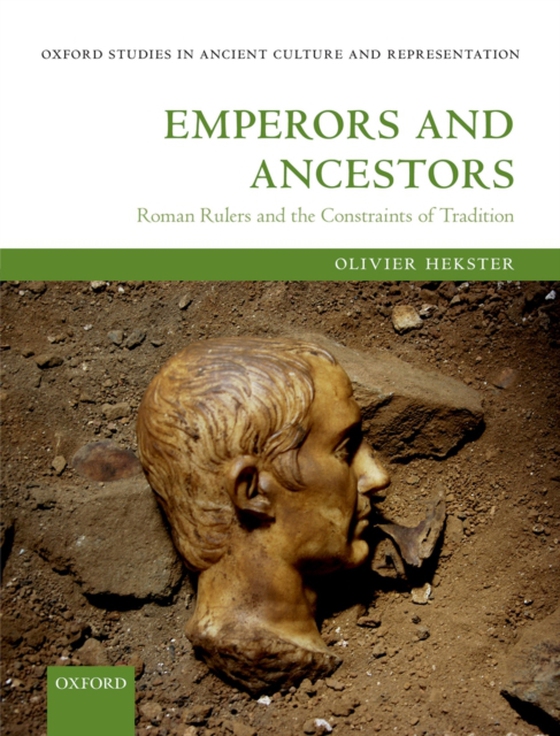
Emperors and Ancestors e-bog
1167,65 DKK
(inkl. moms 1459,56 DKK)
Ancestry played a continuous role in the construction and portrayal of Roman emperorship in the first three centuries AD. Emperors and Ancestors is the first systematic analysis of the different ways in which imperial lineage was represented in the various 'media' through which images of emperors could be transmitted. Looking beyond individual rulers, Hekster evaluates evidence over an extended...
E-bog
1167,65 DKK
Forlag
OUP Oxford
Udgivet
19 marts 2015
Længde
400 sider
Genrer
1QDAR
Sprog
English
Format
pdf
Beskyttelse
LCP
ISBN
9780191056550
Ancestry played a continuous role in the construction and portrayal of Roman emperorship in the first three centuries AD. Emperors and Ancestors is the first systematic analysis of the different ways in which imperial lineage was represented in the various 'media' through which images of emperors could be transmitted. Looking beyond individual rulers, Hekster evaluates evidence over an extended period of time and differentiates between various types ofsources, such as inscriptions, sculpture, architecture, literary text, and particularly central coinage, which forms the most convenient source material for a modern reconstruction of Roman representations over a prolonged period of time. The volume explores how the different media in use sent out different messages. The importance of local notions and traditions in the choice of local representations of imperial ancestry are emphasized, revealing that there was no monopoly on image-forming by the Roman centre and far less interaction between central and local imagery than is commonly held. Imperial ancestry is defined through various parallel developments at Rome and in the provinces. Some messages resonated outside the centrebut only when they were made explicit and fitted local practice and the discourse of the medium. The construction of imperial ancestry was constrained by the local expectations of how a ruler should present himself, and standardization over time of the images and languages that could be employed inthe 'media' at imperial disposal. Roman emperorship is therefore shown to be a constant process of construction within genres of communication, representation, and public symbolism.
 Dansk
Dansk

